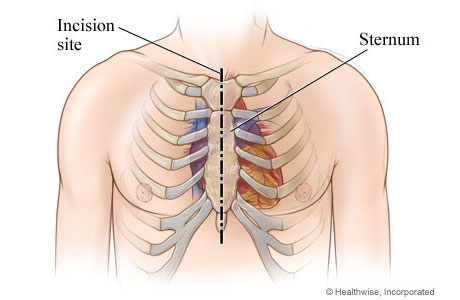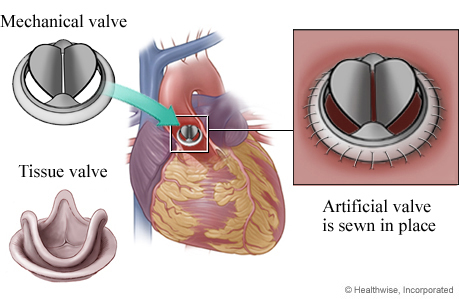Aortic valve replacement surgery
Current as of: April 9, 2019
Author: Healthwise Staff
Medical Review:Rakesh K. Pai MD, FACC – Cardiology, Electrophysiology & Adam Husney MD – Family Medicine & E. Gregory Thompson MD – Internal Medicine & David C. Stuesse MD – Cardiac and Thoracic Surgery & Martin J. Gabica MD – Family Medicine & Caroline S. Rhoads MD – Internal Medicine






